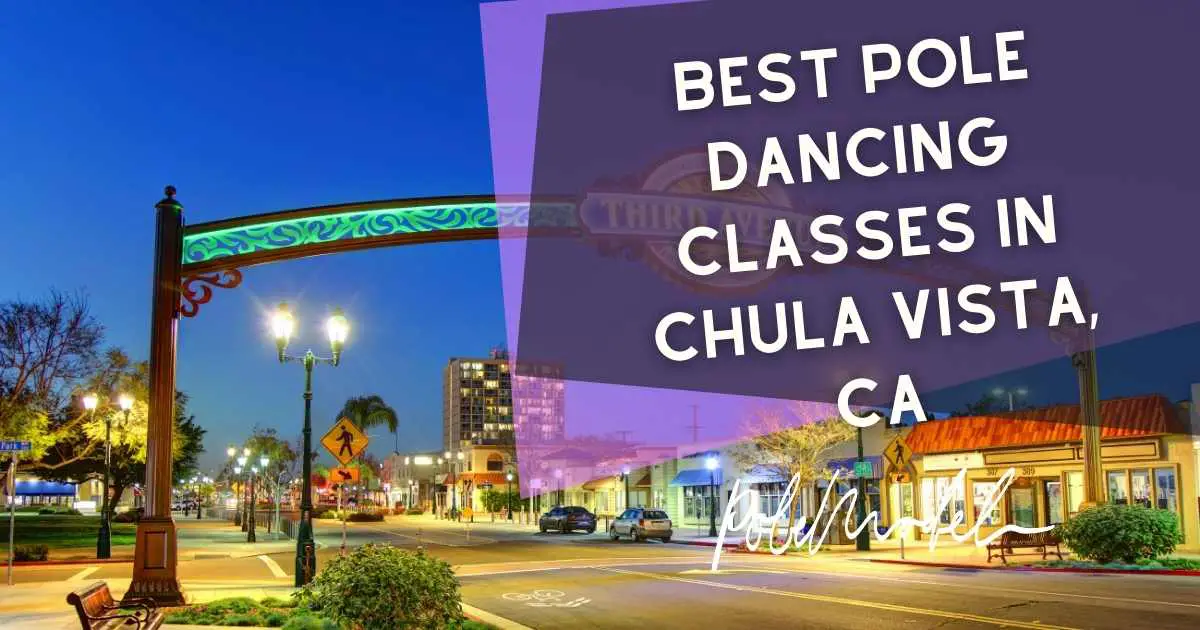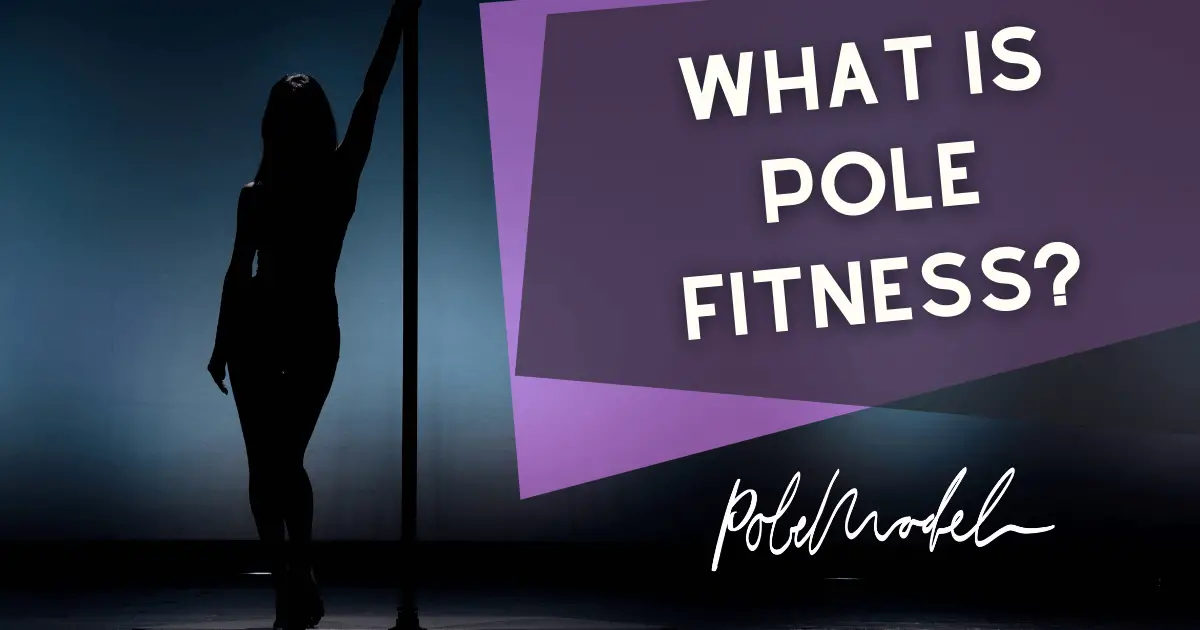Is pole dancing a sport? This is a question that has come up on online searches recently because the activity has been growing popular in the sports community. However, when “pole dancing” is mentioned in any setting, the first image to come to mind isn’t serious athletes. There is still a negative perception attached to it. (See our post: Why Is Pole Dancing Bad?)
People have closely associated pole dancing with women dressed scantily while dancing in nightclubs. Some even mistake pole dancing for stripping. These individuals get surprised when informed that pole dancing is actually a form of performance art and is now gaining traction as a competitive sport.
Pole dancing is a remarkable activity that requires strength, endurance, and flexibility. It also demands a great deal of artistry, which is why a growing number of people are starting to realize that it can be considered a serious sport. In fact, it may be on its way to becoming an event in the Olympics.
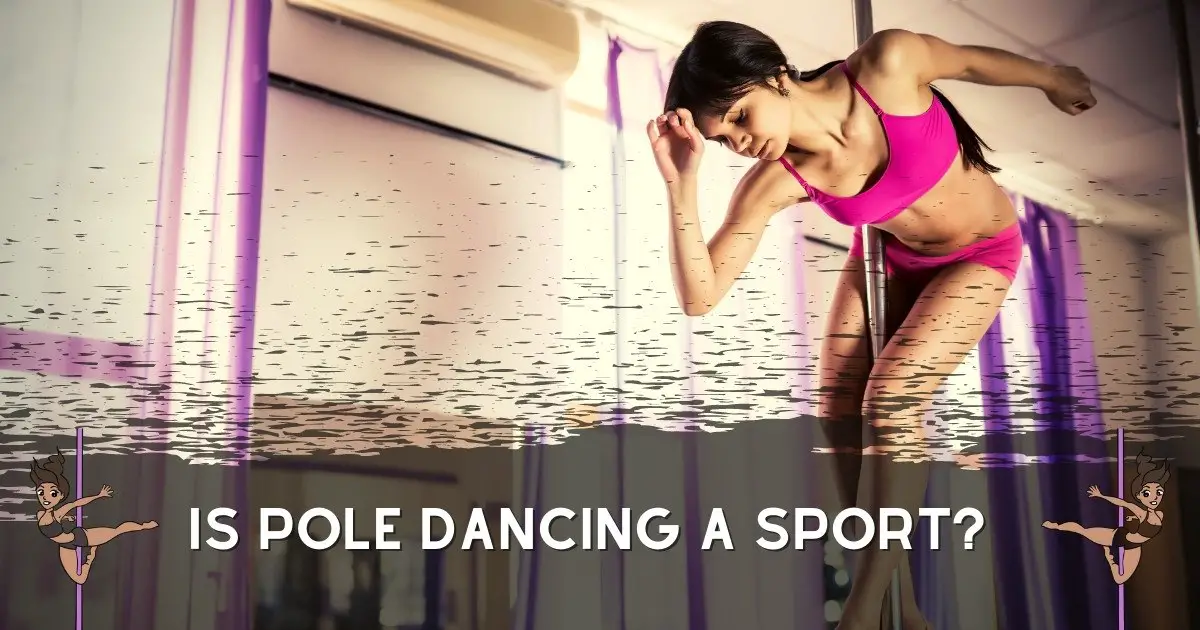
A Brief History of Pole Dancing
Modern pole dancing has become a form of performance that is practiced not just by professionals but also by fitness enthusiasts and casual students. In the past years, it has also been brought to the world stage by well-known pole athletes. This art form is a fusion of traditional dances and influences from all over the world.
The origin of pole dancing cannot be traced to one single point in history. Rather, it is a mix of many dances and rituals from Africa, India, China, and the United States. Roman and pagan rituals also had a hand in influencing the dance that we know today.
Mating and fertility rituals in Africa and Europe
According to researchers, in the past, African women were obliged to perform for their future husband’s pleasure. They did so by mimicking the act of sexual intercourse on a wooden pole.
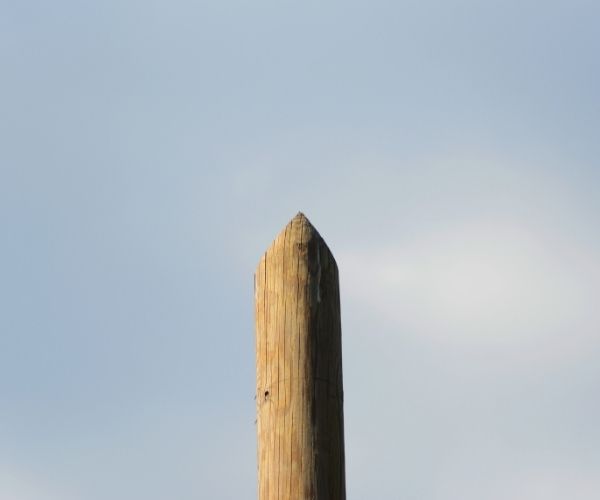
Some groups in medieval Europe danced around a wooden pole to celebrate spring and fertility. Known as the Maypole festival dance, this performance was conducted around a summer rod that was adorned by garlands. The celebrants feasted and drank around the maypole as part of a pagan tradition.
Exercise in fitness in India and China
While seduction is a huge factor in the dances mentioned above, the other possible origin of pole dancing has a more fitness-related motivation. The Mallakhamb from India is a dance that is not performed primarily by women. Male athletes practiced acrobatic moves on a wooden pole as part of their body conditioning.
And then there are the traditional performances done in China which dates all the way back to a thousand years past. Male athletes used two poles, each measuring about six to nine meters in length, to practice and showcase athletic feats.
The performers would climb the vertical poles and hold poses as part of their dance. Some dancers even performed spins by using a thicker pole that rotates around a central pole. They control the speed by moving close to or away from the wooden pole. Some of their tricks have been adapted in the modern form of pole dancing.
Circus act in the US
In the 1920s, as America experienced the Great Depression, people began performing pole dancing as part of their circus acts. These dances were known as Hoochie Coochie and almost always involved sensual choreography to titillate the mostly male audience.
The female dancers performed around the poles that supported the stage of the circus. These performances became so popular all over the US around the ‘50s. They became an integral part of the cabaret and Burlesque scene during that time.
In 1968, Belle Jangles incorporated dancing around a pole in her striptease act at the Mugwump strip joint. Around 1980, lap dance and striptease techniques started getting added to pole dancing choreographies. Exotic dance schools even started offering classes that combine sensual movements with pole dancing.
No matter its origins, pole dancing is now being seen as something involving more than just wearing skimpy clothes and spinning around a pole sexily. Gyms and dance centers started marketing this dance as a great workout. Organizations have also started holding pole fitness competitions.
Moving away from its origins
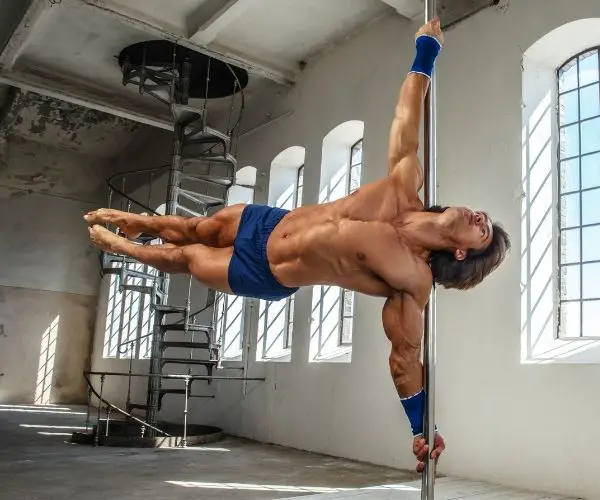
The definition of the term sport has long been a matter of debate. What constitutes it? What requirements should it fulfill to be considered a sport?
According to Forbes magazine, sport is defined as an athletic activity that needs a physical process or skill. A sports event is where an individual or a group competes against others for entertainment.
If we go by the definition provided, we can trace the roots of pole dancing emerging as a sport over a decade ago. The idea that pole dancing is a sport emerged around 2006. This was when pole dancing was gaining popularity as a fitness activity. Gyms and fitness centers began offering pole dancing classes because it was a complete body workout.
Facilities from the US, UK, and Australia began holding competitions for pole dancers. The teams and individual participants performed acrobatic moves such as climbs, spins, and body inversions that needed endurance, flexibility, and balance. These fulfilled all of the criteria in the definition of a sport.
However, at that time, pole dancing competitions had very little structure. There was no universally codified standard for judging or scoring routines. Judges didn’t even have any guidance as to what to look for in a pole dancing performance. The scoring varied depending on the event organizers.
When Did Pole Dancing Become A Sport?
In 2009, the International Pole Sports Federation was founded by Tim Trautman and Katie Coates. According to Vertical Wise, the IPSF is a non-profit organization whose main goal is to promote pole dancing as a sport worldwide. This volunteer-managed organization has members all over the world, including individuals, teams, and national federations.
The IPSF was able to hold its 1st International Championship in Pole Sports in 2012. Only 43 athletes took part in the competition. Out of the 43, only five were males. The year after, the IPSF included a youth category. 7 participants joined. While only a small number attended, these were the start that the industry needed to establish itself as a sport.
The ICPS became an annual event which was held every July in London. Now, hundreds of participants come to this event to show tricks in Pole Sports. The youth category alone saw 229 athletes compete in 2017. The male junior and novice categories were also opened then. These categories helped increase male participation in the sport.
Is Pole Dancing An Olympic Sport?
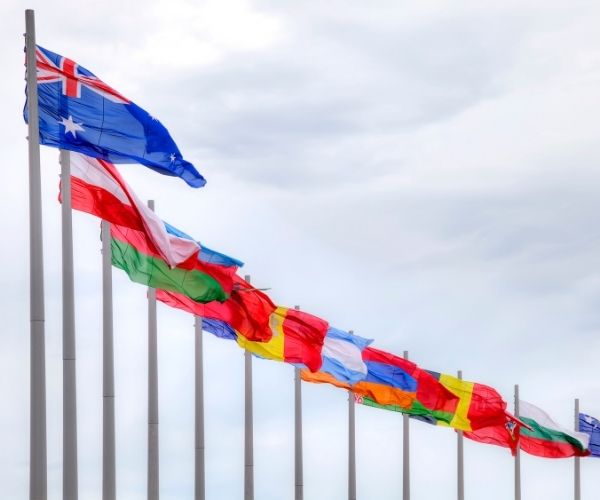
At the moment, pole dancing, or pole fitness specifically, is not yet an Olympic sport. There are numerous steps that it has to hurdle before that. The first step is to become recognized as an official sport.
Nominating any activity to be considered an official sport, and be part of the Olympic Games, is a long and grueling process. There are so many hoops to go through before pole dancing or pole fitness can be secured an official title in this event. Even the newest additions to the Olympics lineup, rock climbing, and surfing, took numerous years before getting approved.
Attaining Observer Status from the GAISF
The first step is to appeal to the target group of the IOS or the International Olympic Committee. In this case, it has to appeal to young adults and teenagers. This is precisely why surfing was able to secure a spot, but the game of squash did not. The move of the IPSF to include a teen category in its annual international competition is a great step towards achieving this.
In 2014, the IPSF contacted the Global Association of International Sports Federation regarding the application process to getting pole fitness recognized. The GAISF is the umbrella organization that houses all sports federations, both Olympic and non-Olympic. Three years after, pole fitness passed what can be considered as the initial exam when it was granted Observer Status by the GAISF.
This status allows new International Federations to take advantage of its global network to grow and develop. It is also considered the first step to achieving full-fledged membership in the sports federation. The observer, IPSF, will be guided by the GAISF in fulfilling all of the criteria needed for membership. This includes increasing international membership and gaining required recognition.
The International Pole Fitness Federation has enjoyed considerable growth since it started. In 2017, the group already has 229 members from thirty-six different countries. This included Pole athletes in the male, female, youth, and Para categories. This is a large jump from their 2012 membership of only 39.
What’s the next step?
As posted on the GAISF website, the next step after achieving this very important status is to gain 40 member federations to be part of its international federation. Thanks to GAISF, the IPSF can now ask for funding and assistance from different national governments to help them assist pole fitness athletes from different parts of the globe.
Having a network of athletes all striving for Olympic-level performance will give Pole Sports a popularity boost in more countries. The more popular a particular activity is in one country, the more participants there will be. In turn, more participants mean more organized groups can be formed.
IPSF will also now have the resources to contact and invite any existing pole dancing groups to form federations in their own country. The newly-formed federations can then be recruited by IPSF. Once the federation has recruited forty active National Federation members from at least three different continents, it can then apply for GAISF membership.
Could Pole Dancing Be An Olympic Sport One Day?

With its current popularity, pole fitness becoming an Olympic Sport is not as far-fetched as it used to be. Gaining a GAISF membership is now the priority of the IPSF. Once it has achieved that, it would need to apply for recognition by the International Olympic Committee.
When the IOC recognizes pole dancing as a sport, then it will gain the International Sports Federation status. It is important to note that while a sport may be granted IOC recognition, it does not mean that it will automatically become an Olympic Games competing event.
For that, the GAISF and IPSF must apply for admittance after complying with any criteria of eligibility imposed by IOC. The Olympic Charter states that a sport should be widely practiced by men in seventy-five countries (in four continents) and by women in forty countries or more (in three continents). Plus, it should increase the appeal of the Olympic Games.
In short, the road to pole fitness becoming part of the Olympic games is still long. It is still some ways away from recruiting 40 federations to complete its membership application to the GAISF. And there are a few ways that you can help pole fitness and IPSF.
If you are a pole dancing enthusiast and are part of a group, encourage your group to form a federation in your country. The IPSF will assist you through the process. If you are already a part of an existing federation, encourage your officers to join IPSF. The federation will help your group attain national recognition.
You can also join any of the 20 IPSF competitions that they hold every year. Or, you can become an IPSF Certified instructor. Doing so will increase the popularity and prestige of the sport. Your achievements and participation will grow pole fitness and help it take those additional steps to become an Olympic event.
In Summary
Pole dancing has gone a long way from being a circus act or part of a striptease choreography to the sport that it is now. What started as primarily an entertainment activity for women is steadily shedding its stigma and gaining popularity among athletes and fitness elites.
Enthusiasts of pole fitness have strived so hard to get this activity recognized as an official sport. By receiving the Observer Status from the Global Association of International Sports Federation, it can be said that pole dancing is on its way to becoming an Olympic event.
What’s In Your Pole Class Bag? Check Out Some Of My Recommended Essentials:
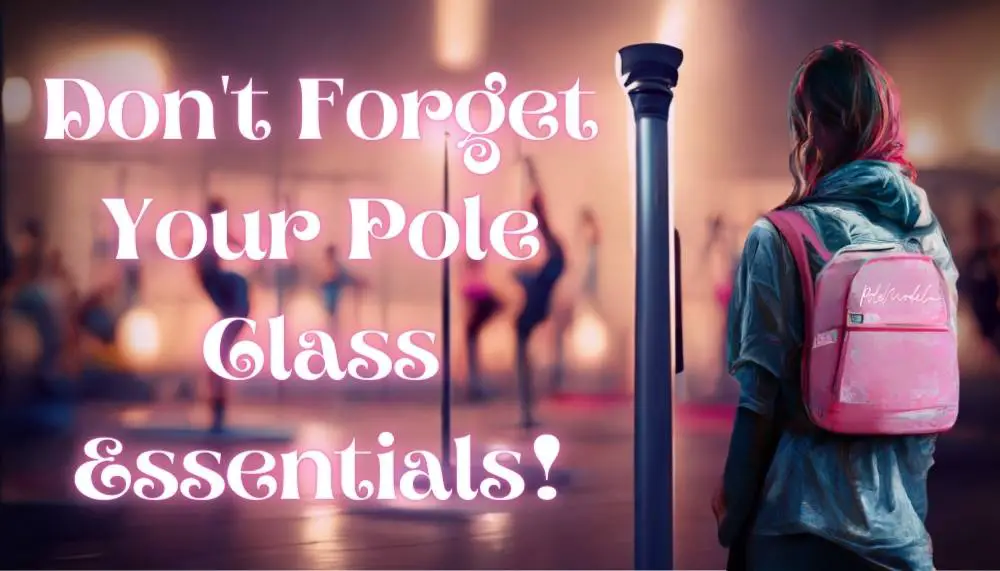
These are my must-haves!
Do you have any pole gear you cannot dance without? Let me know in the comments! And be sure to follow us on Pinterest & Instagram!









